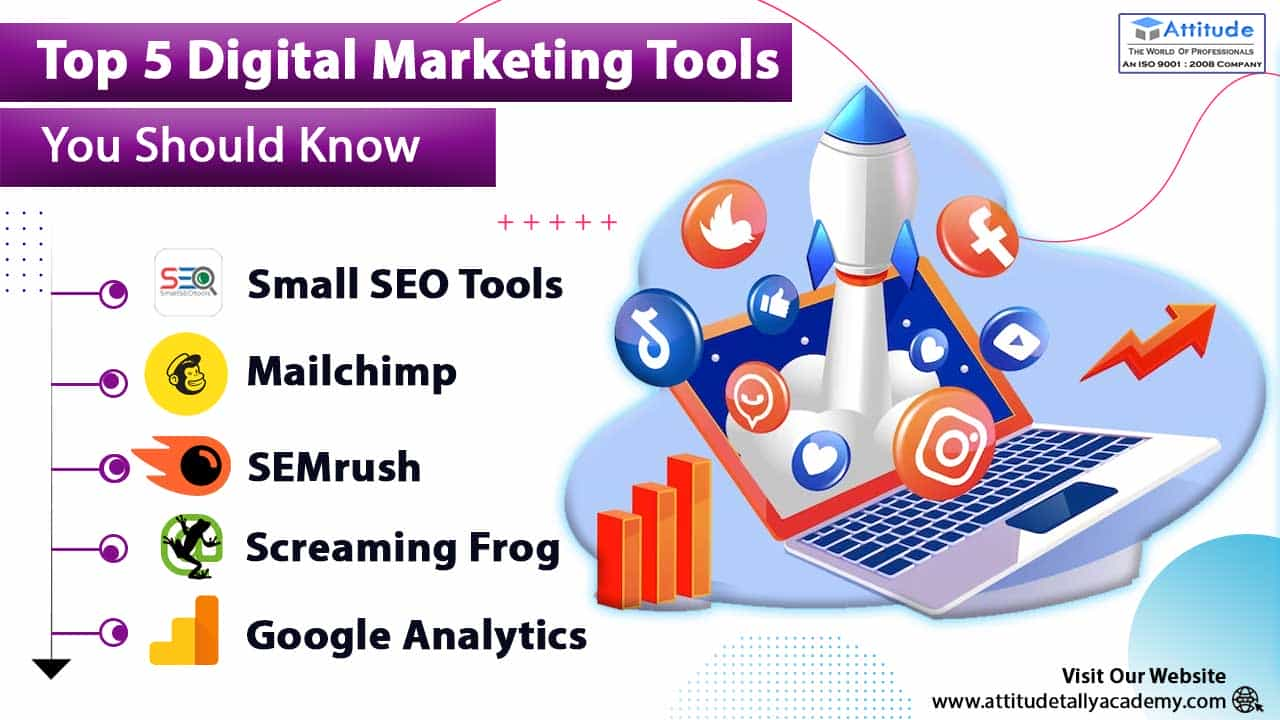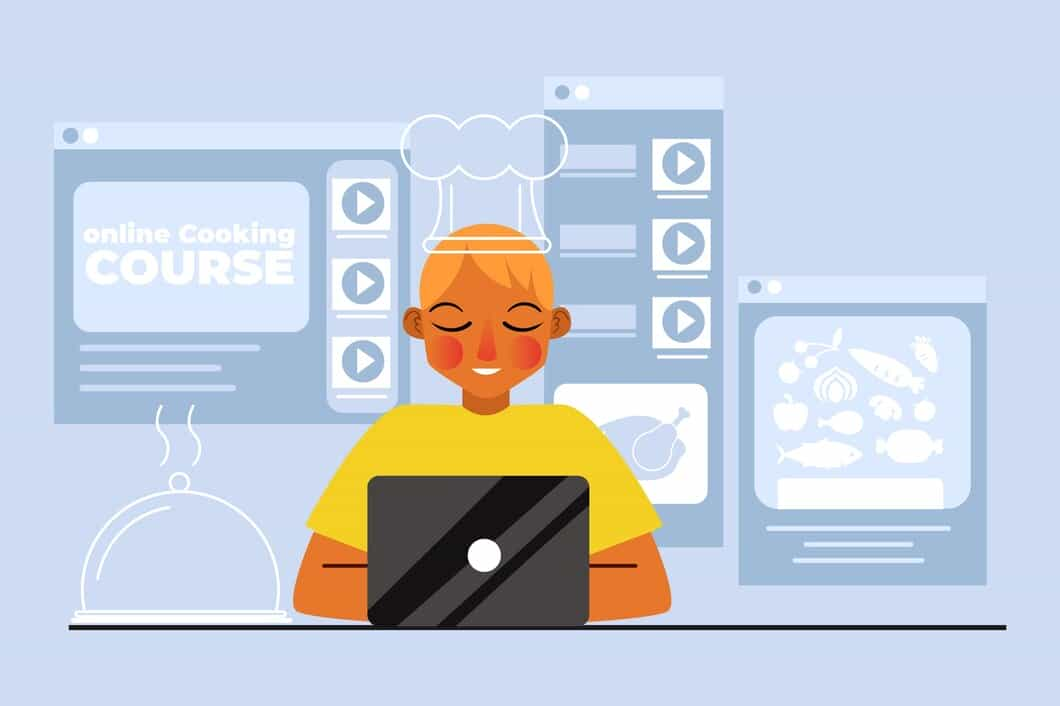Step-by-Step Guide: How to Set Up a Home Server for Beginners
Mia Anderson

Photo: How to Set Up a Home Server for Beginners
In an era where digital efficiency and data accessibility are paramount, setting up a home server can transform your personal or small business operations. Whether you're looking to streamline file sharing, run a website, or manage home automation systems, understanding how to set up a home server for beginners is crucial. This guide will walk you through the essentials of home server setup, from hardware requirements to security tips, using the latest insights and trends from 2024.
Understanding the Basics of Home Server Setup
What is a Home Server?
A home server is a dedicated computer designed to store, manage, and share data within a home network. Unlike a standard PC, it’s optimized for tasks like data storage, web hosting, and running network applications. Home servers can range from simple Network-Attached Storage (NAS) devices to more complex custom-built setups.
Why Set Up a Home Server?
Setting up a home server offers several advantages:
- Centralized Data Storage: Consolidate your files and access them from any device in your home network.
- Enhanced Media Streaming: Stream movies, music, and photos across devices seamlessly.
- Backup and Recovery: Automate backups to safeguard your important data.
- Cost Efficiency: Manage and host services at home rather than paying for cloud solutions.
How to Set Up a Home Server: A Step-by-Step Guide
1. Determine Your Needs and Goals
Before diving into hardware and software, clarify what you want your home server to achieve. Common goals include file sharing, media streaming, and hosting a personal website. This step will guide your decisions on hardware and software requirements.
2. Choose the Right Hardware
Selecting the appropriate hardware is critical. Here are key components to consider:
- Processor (CPU): A multi-core processor, like an Intel i5 or AMD Ryzen 5, provides sufficient power for most home server tasks.
- Memory (RAM): At least 8GB of RAM is recommended for smooth performance, especially if you plan to run multiple applications.
- Storage: Decide between a hard disk drive (HDD) for larger, less expensive storage or a solid-state drive (SSD) for faster, more reliable performance.
- Motherboard: Ensure it supports the number of drives and other peripherals you need.
- Power Supply: A reliable power supply is essential for stable operation.
3. Setting Up Your Server Software
Choose an operating system that suits your needs. Options include:
- Windows Server: User-friendly with extensive support but may require licensing fees.
- Linux Distributions: Options like Ubuntu Server or CentOS are free and highly customizable, though they may require more technical knowledge.
- NAS Software: Platforms like Synology DiskStation Manager or QNAP QTS are designed for ease of use and come with built-in features.
4. Configuring Network Settings
- IP Address: Assign a static IP address to your server for consistent access.
- Port Forwarding: Configure your router to allow external access to your server if needed.
- Dynamic DNS: Use Dynamic DNS services if your home IP address changes frequently.
5. Implementing Security Measures
Securing your home server is crucial to protect your data from unauthorized access. Consider these tips:
- Firewall: Enable and configure firewall rules to block unwanted traffic.
- Antivirus Software: Install reputable antivirus software to detect and prevent malware.
- Regular Updates: Keep your server software and operating system updated to patch vulnerabilities.
6. Testing and Maintenance
Once set up, thoroughly test your server to ensure it meets your needs. Regular maintenance, such as monitoring performance and checking for updates, will help keep your server running smoothly.
Best Practices for Home Server Management
1. Regular Backups
Automate backups to an external drive or cloud service to prevent data loss. Consider using backup software that supports scheduling and versioning.
2. Monitoring and Alerts
Implement monitoring tools to track server performance and receive alerts for potential issues. Tools like Zabbix or Nagios can provide valuable insights into your server's health.
3. Documentation
Maintain detailed documentation of your server configuration, including hardware specs, software settings, and network configurations. This will be invaluable for troubleshooting and future upgrades.
Conclusion
Setting up a home server can be a rewarding project that enhances your digital lifestyle. By following this guide, you’ll be equipped to build a server tailored to your needs, from understanding hardware requirements to ensuring robust security. Whether for personal use or small business purposes, a well-configured home server offers efficiency, cost savings, and greater control over your digital environment.
Marketing
View All
January 25, 2025
Email Marketing in the Digital AgeUnlock the power of email marketing with modern strategies tailored for the digital age. Connect with your audience like never before!
Mia Anderson

January 19, 2025
How to Master Digital Marketing BasicsLearn the essentials of digital marketing in this beginner-friendly guide. Kickstart your journey with step-by-step strategies. Start mastering today!
Mia Anderson

January 20, 2025
5 Best Digital Marketing Tools for GrowthUncover the top 5 digital marketing tools every marketer needs. Boost efficiency, drive results, and streamline your campaigns now!
Mia Anderson
Entertainment
View AllDiscover the latest strategies for mastering video games in 2024. Unlock expert tips and elevate your gameplay. Read now for game-changing insights!
Mia Anderson
Unlock the secrets of modern screenwriting with our expert tips and techniques. Start crafting compelling scripts today click to learn how!
Mia Anderson
Discover the top 10 TV series that everyone is talking about. Dive into binge-worthy shows that will keep you hooked click to start your next TV obsession!
Mia Anderson
Find out the startling reality about how social media affects celebrities. Find out how their lives are evolving and the unforeseen effects of becoming well-known online. A mind-blowing read!
Mia Anderson
Automotive
View AllLearn how smart city initiatives are seamlessly integrating EV infrastructure to enhance mobility and sustainability.
Read MoreExplore what drives consumer interest in EVs. Discover key insights into attitudes, barriers, and 2024’s hottest EV trends.
Read MoreExplore the positive impact of EV adoption on urban air quality. See how EVs are cleaning the air in cities worldwide.
Read MorePolular🔥
View All
1
2
3
4
5
6
7
8
10
News
View AllAugust 13, 2024
The Ultimate Guide to Google Advertising: Secrets to Skyrocket Your Success
Read MoreTechnology
View All
December 20, 2024
How to Choose the Perfect Smart Thermostat for Your Home
Optimize your home comfort with a smart thermostat! Click to learn how to select the ideal one for your space.

September 12, 2024
Comprehensive Machine Learning Tutorial for Beginners
Master machine learning with our detailed tutorial. Learn the fundamentals and advance your skills today. Start your journey into AI now!

September 13, 2024
Master Coding: Simple Steps to Start Learning Today
Discover easy steps to master coding from scratch. Unlock your potential and start your coding journey now. Click to learn how to code with ease.
Tips & Trick




















